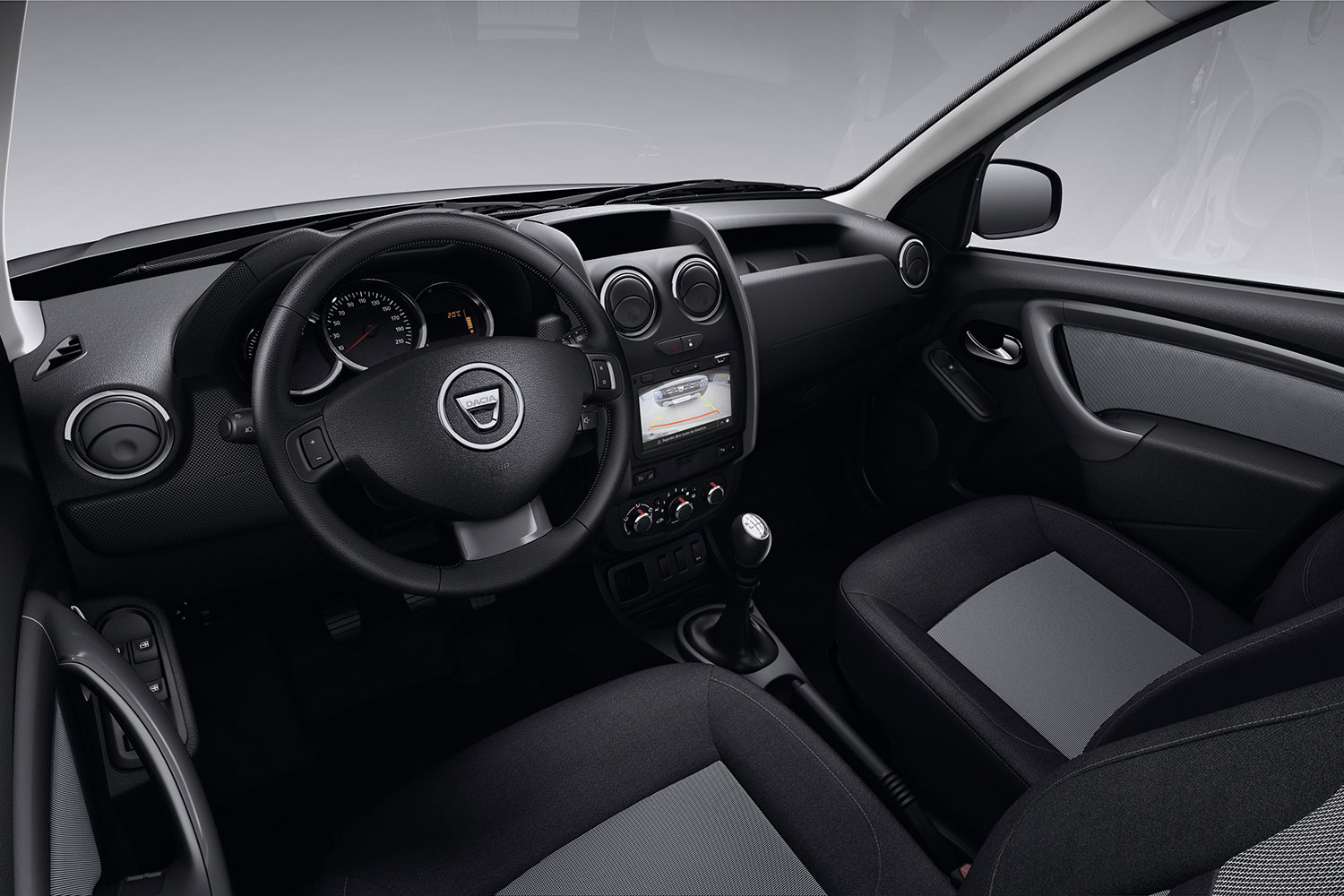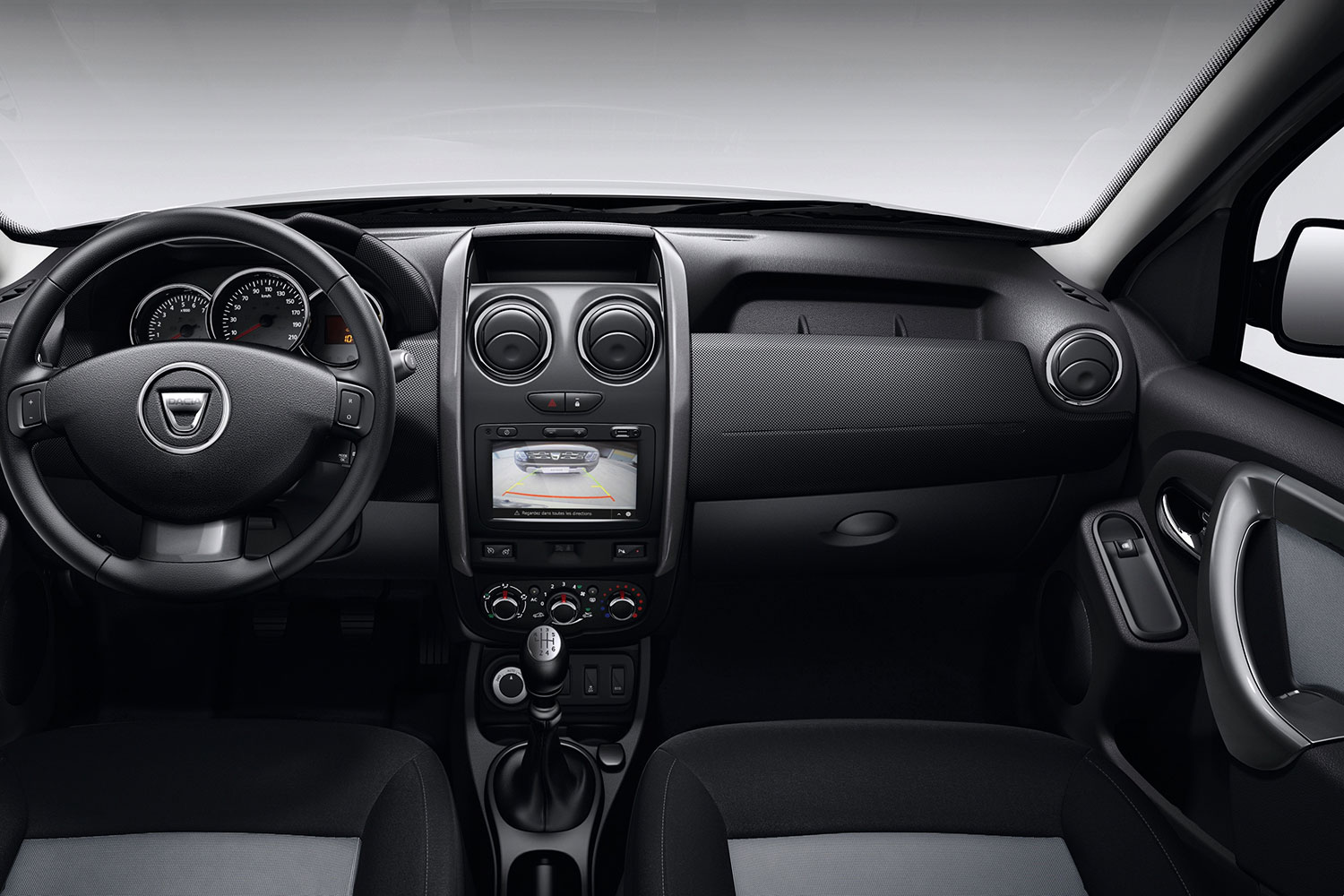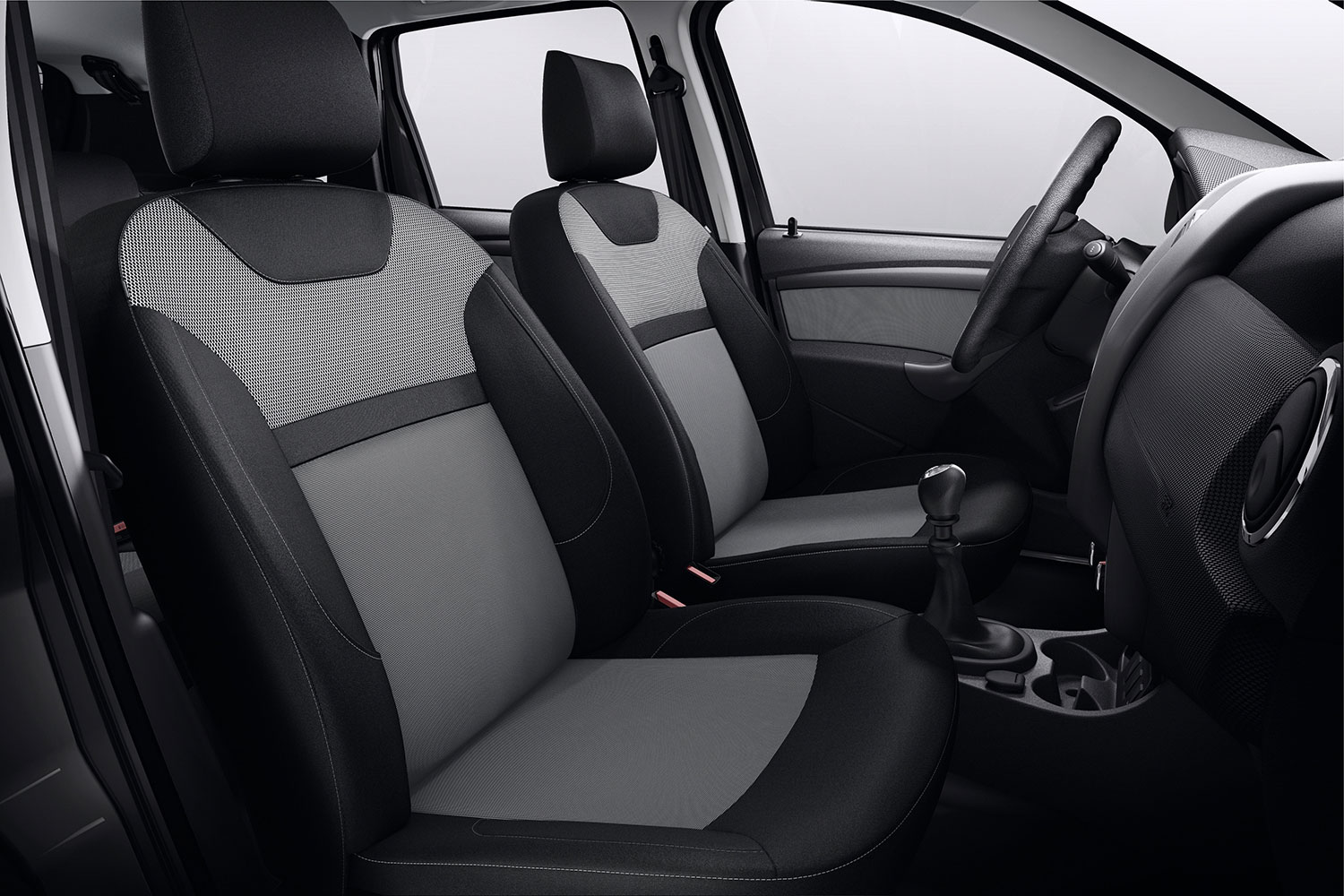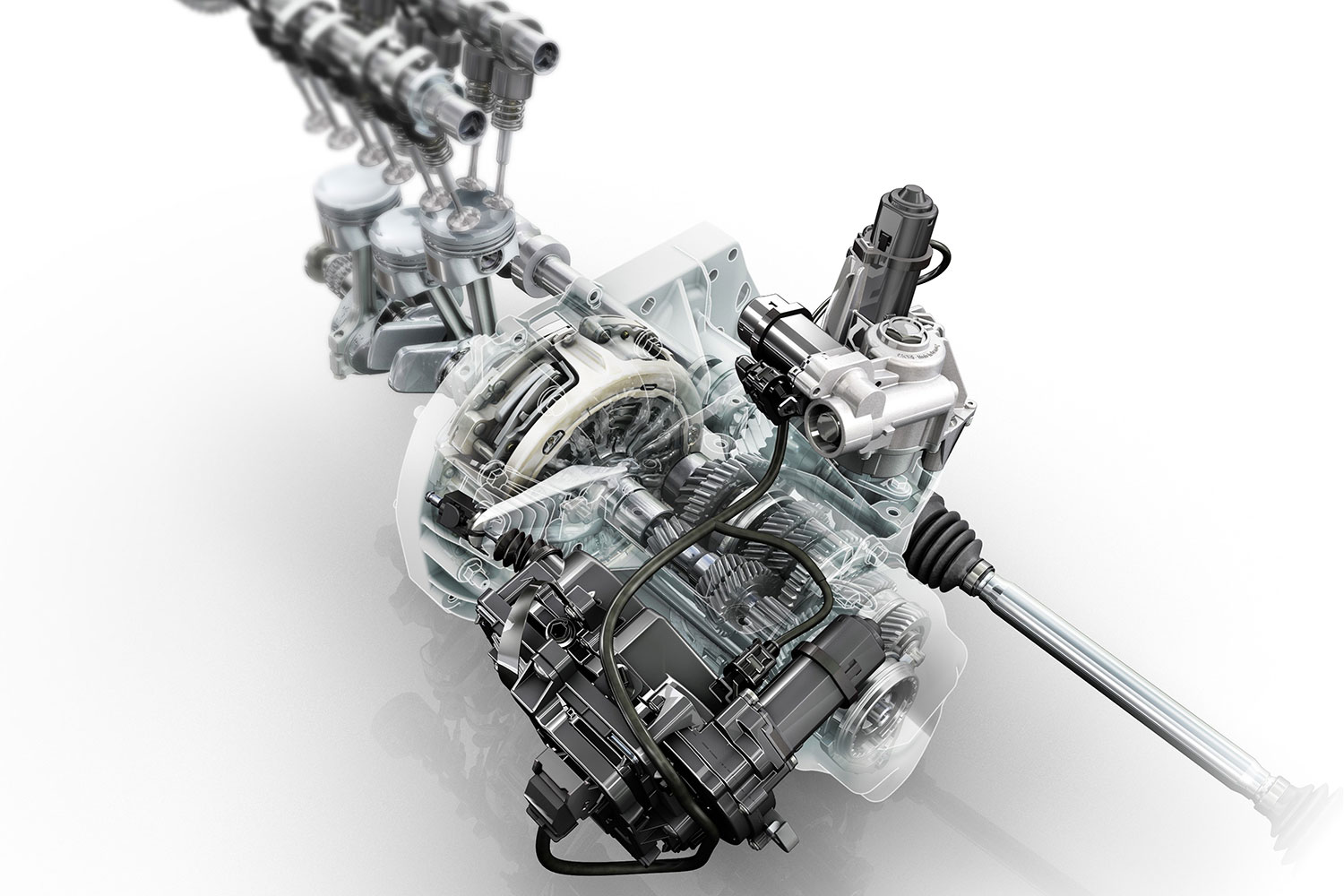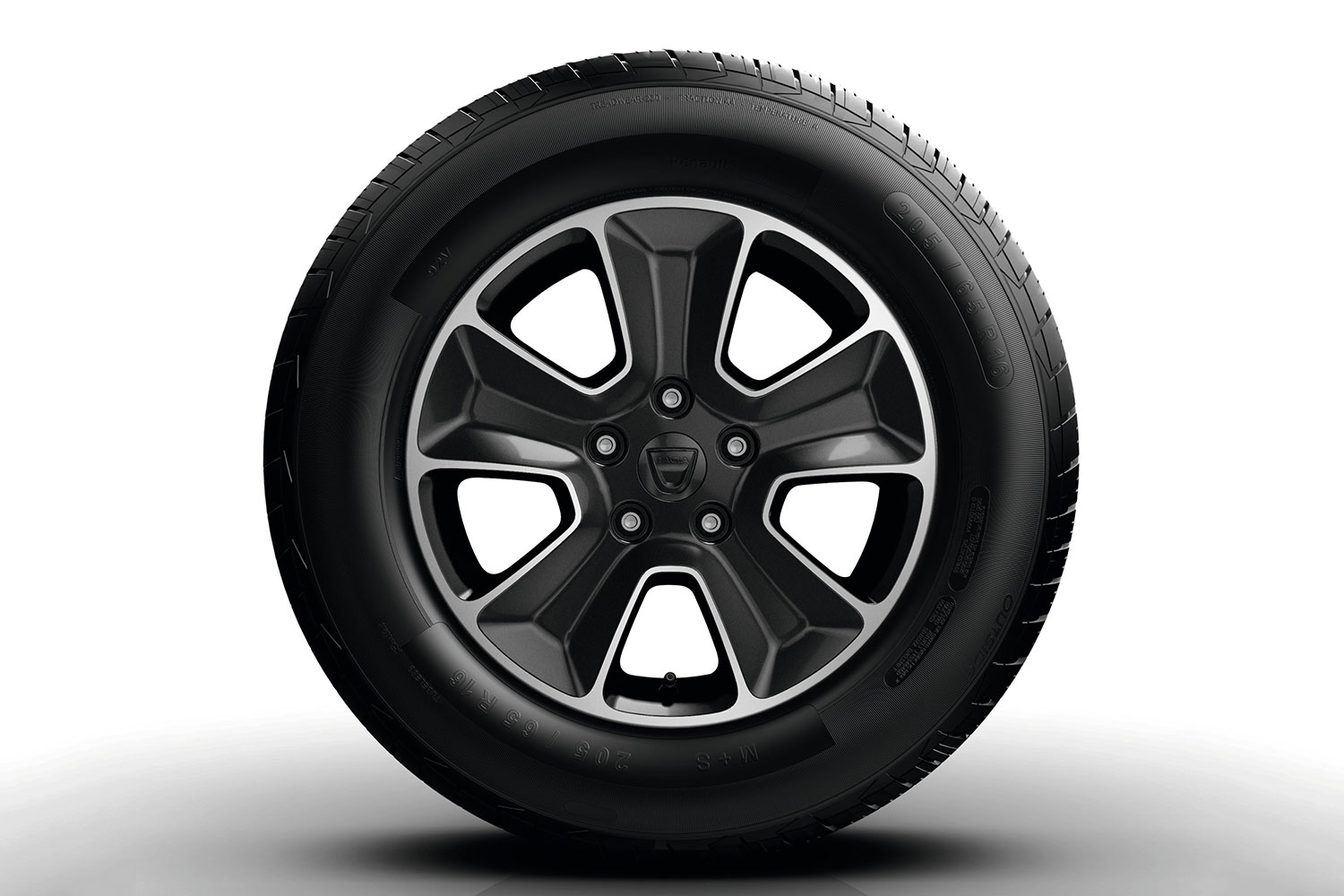Those wishing cars were a little less complicated might be happy if the Romanian Dacia came to the U.S. The cars from the Renault-owned automaker are about as basic as new vehicles get, which has endeared them to a certain group of people, notably including ex-Top Gear host James May.
Dacia does basic like Rolls-Royce does luxury; it’s the brands primary focus. At the 2015 Frankfurt Auto Show, Dacia announced a refresh of its lineup that includes a new “automated manual” transmission and other changes. Dacia currently offers variants of the Logan sedan, Sandero hatchback, Duster crossover, and Lodgy and Dokker vans in Europe.
Called Easy-R, the new transmission sounds a lot like the automatics with manual shifting modes that have been commonplace in the lineups of other manufacturers for some time. Drivers can either choose fully-automatic “Drive” mode, or “Manual” mode, which allows for the manual selection of gears by moving the shifter forwards and backwards in a secondary gate.
The fact that this feature is only now becoming available on Dacia models shows how different expectations can be in other markets, and how many features and gadgets we tend to take for granted in the U.S. Easy-R is available only with Dacia’s 0.9-liter gasoline engine, which produces 90 horsepower and 103 pound-feet of torque.
In addition to the new transmission, which will be offered on all models, the Dacia Duster Edition 2016 gets some special styling features and a little added tech, including Dacia’s Media-Nav Evolution infotainment system with Siri Eyes Free, and a rearview camera. There’s also a limited-edition Duster Urban Explorer, which will presumably be used by people who like to take pictures of abandoned factories.
Dacia started out as one of the many state-run automakers that were created in communist countries during the Cold War. The Romanian government acquired the rights to build Renault models under license, and they became workhorse “people’s cars,” analogous the Western Volkswagen Beetle or Citroën 2CV.
Renault eventually acquired Dacia outright, and has positioned it as a budget brand. Given their lack of content and Renault’s disinterest in selling even its own cars in the U.S., it’s unlikely that Dacias will ever be imported to the U.S. But if you’re ever in Europe, keep an eye out for one.


